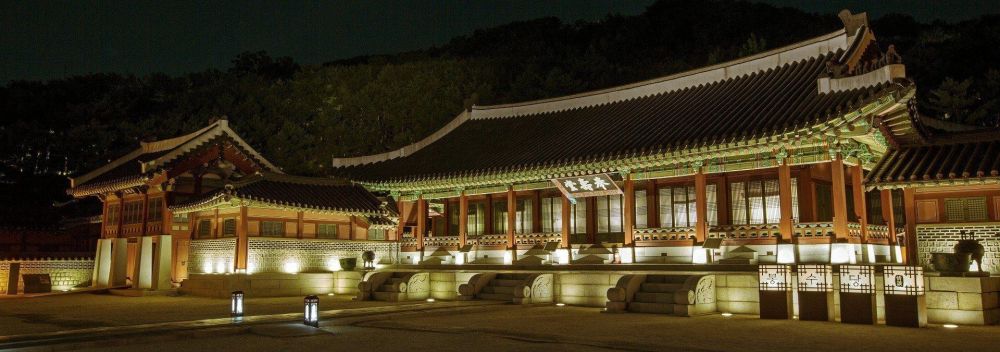

The Hwaseong Haenggung Palace is a significant cultural heritage site nestled in the heart of Suwon, South Korea. It is a shining example of Joseon-era architecture and military ingenuity and remains a popular destination for tourists from around the world. The palace was constructed as a royal residence for King Jeongjo, the 22nd king of the Joseon Dynasty, who used it as a place of refuge during times of war and for resting during his trips to his father’s tomb.
The history of tourism at Hwaseong Haenggung Palace can be traced back to the late 20th century following its restoration. It was initially built from 1794 to 1796 and used periodically by King Jeongjo. However, throughout the years of turmoil and occupation in Korea, many parts of the palace complex were destroyed and it fell into neglect.
Interest in the site was reignited with efforts to preserve Korean cultural heritage in the 1970s when the South Korean government began a series of restoration projects. The most significant revival of the palace's grandeur came with the official listing of the Hwaseong Fortress, of which the palace is a part, as a UNESCO World Heritage Site in 1997. This accolade underscored the site's historical and cultural importance, and its status as a heritage site became a major draw for tourists.
Today, Hwaseong Haenggung Palace is a testament to Korea's dedication to preserving its historical legacy. Modern tourism at the site includes virtual reality experiences that allow visitors to glimpse the palace’s past splendor. Traditional cultural performances, martial arts demonstrations, and the annual Suwon Hwaseong Cultural Festival further enrich the visitor experience. The palace offers educational tours that provide insights into the life of the Joseon monarchy as well as traditional culture and customs.
Smart Tourism: Suwon has embraced smart tourism initiatives, providing a mobile app that offers guided tours in multiple languages, using augmented reality to bring the history of the palace to life.
COVID-19 Response: Due to the COVID-19 pandemic, measures such as limited entry, mandatory mask-wearing, and social distancing were put in place to ensure visitor safety. Contactless experiences, including online ticketing, have become more prevalent.
Sustainability: Reflecting global trends, there is an increased awareness of sustainability in tourism. The management of Hwaseong Haenggung Palace works to balance visitor enjoyment with the preservation of the site for future generations.
Hwaseong Haenggung Palace continues to be an iconic symbol of Suwon’s cultural heritage and plays a pivotal role in the region's tourism industry. As visitors from across the globe seek to explore historical sites, Hwaseong Haenggung Palace stands ready to offer a window into Korea’s storied past while embracing modern technology to enhance its educational and cultural offerings.